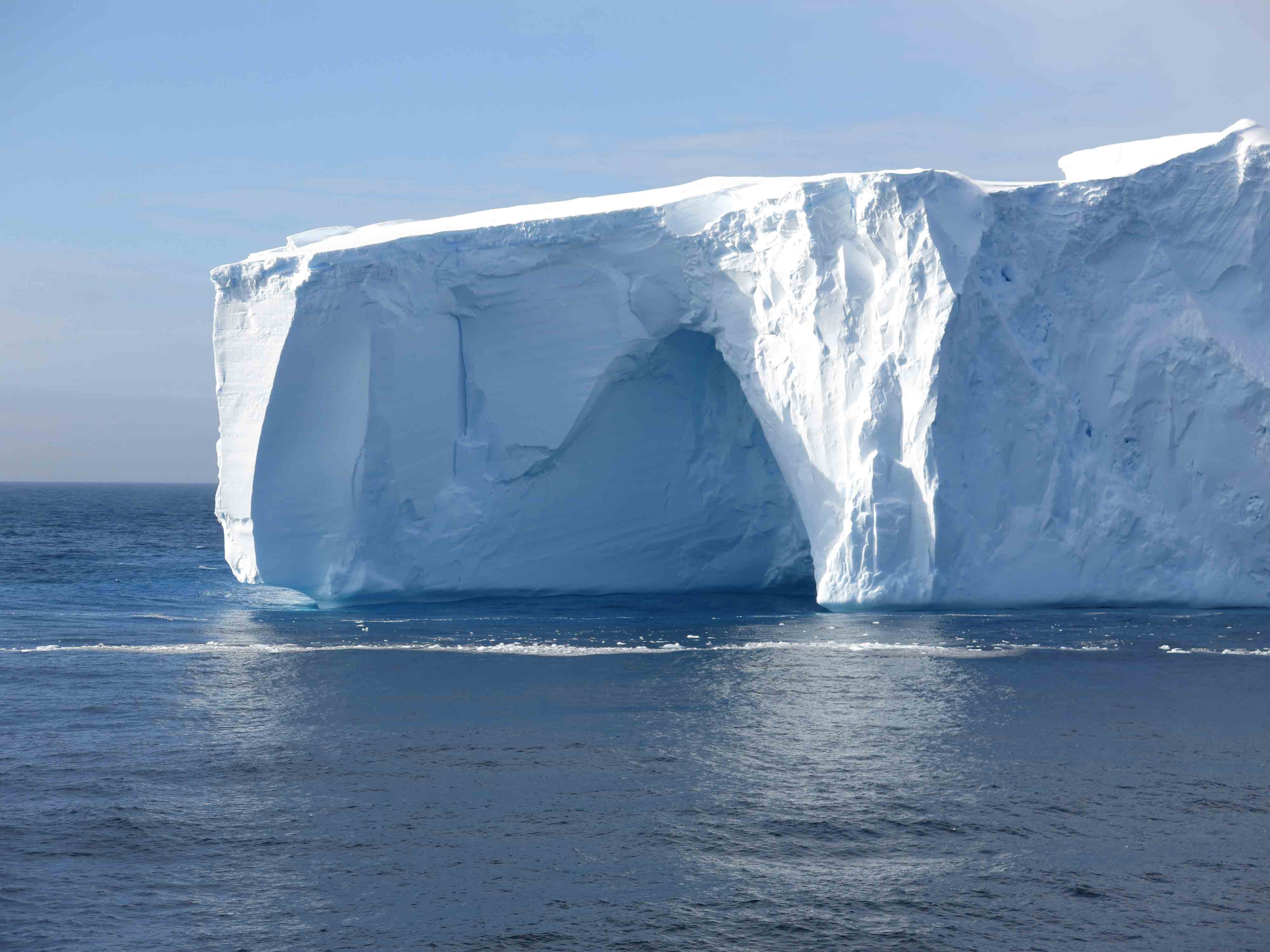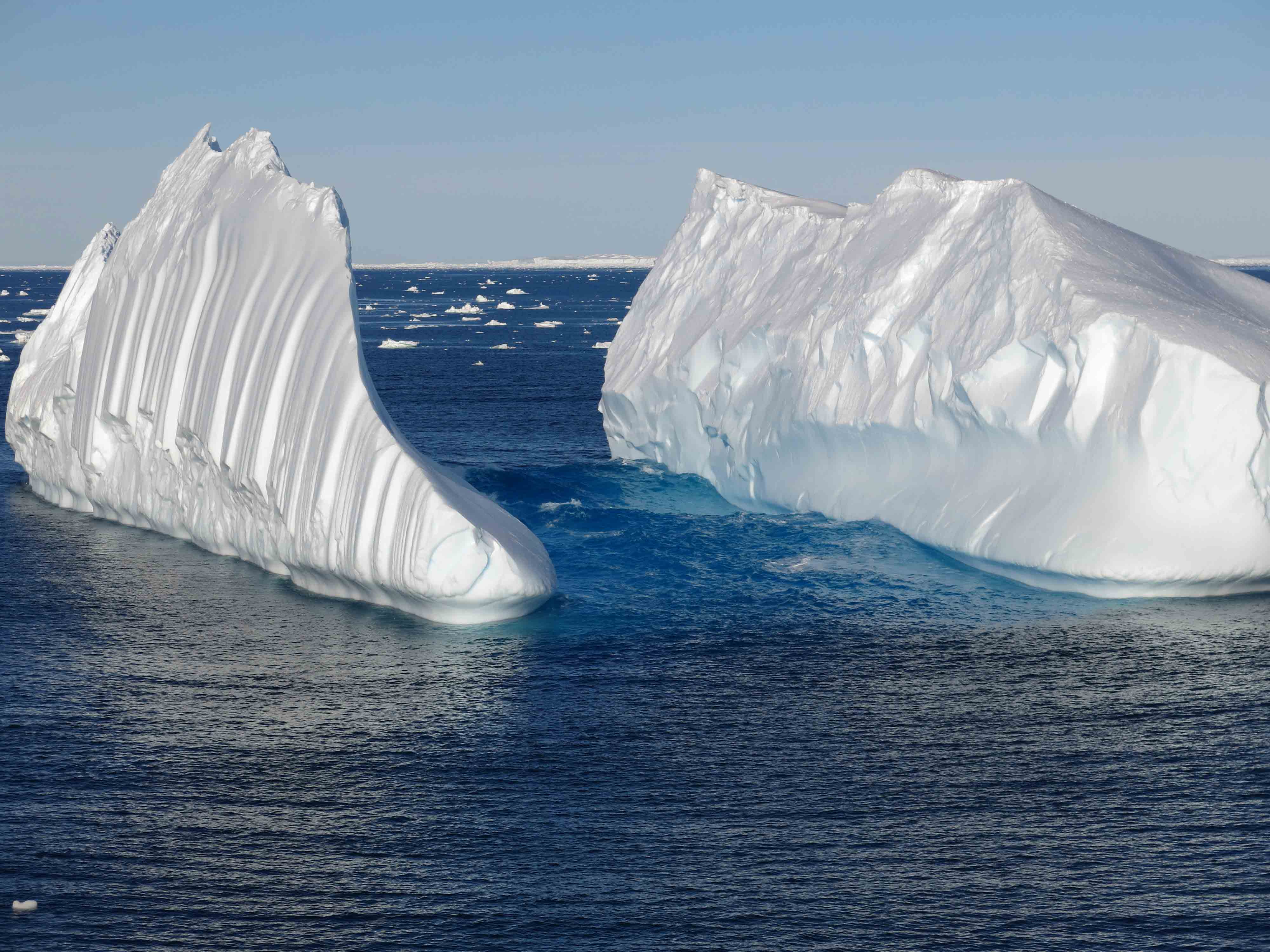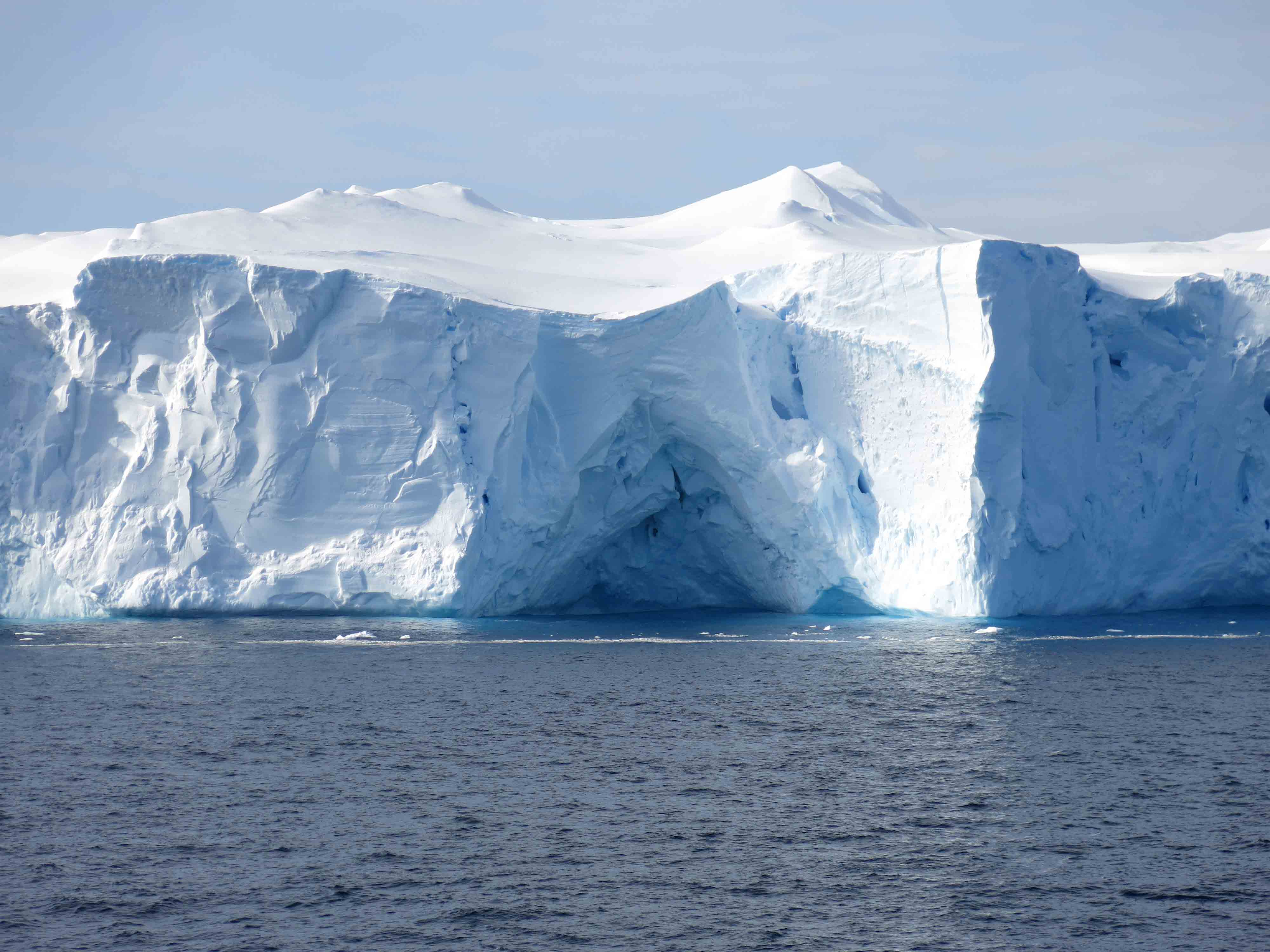
Reconstruction of the depositional environment associated with the evolution of Totten Glacier (East Antarctica)
Deciphering how the Antarctic Ice Sheet has responded to past climate warming is critical to understanding its sensitivity and role in current and future climate change, particularly in key areas such as subglacial basins. A new study led by the OGS, in the frame of an outstanding international collaboration, has shown how sedimentary deposits record the evolution of the Totten Glacier since its formation about 40 million years ago.
Holding an ice volume that translates into a sea-level equivalent of 3.85 m sea level, the Totten Glacier is one of the largest ice systems in East Antarctica. Its thinning and melting rates are among the fastest in the Eastern Antarctic Ice Sheet. It is located in the Sabrina Coast, at the mouth of one of the largest existing basins on Earth, the Aurora Subglacial Basin.
For the first time, sediment thickness maps of the glacial-related sedimentary sequence show how deep-sea sediments register variations in glacial dynamics. The study is an important contribution to the IODP Deep Drilling Project "Totten Glacier Climate Vulnerability under various Neogene climate conditions: lessons for the climate sensitivity of the East Antarctic Ice Sheet", in which the OGS is a co-lead participant.
Photo: Roberto Romeo, credits: PNRA


